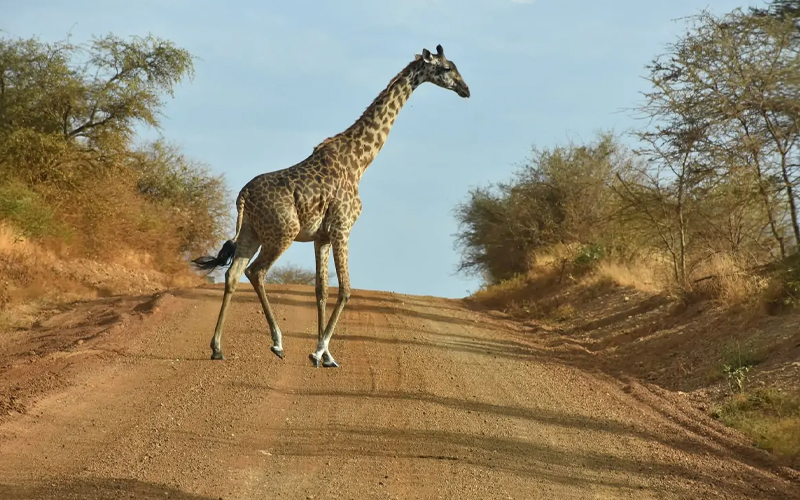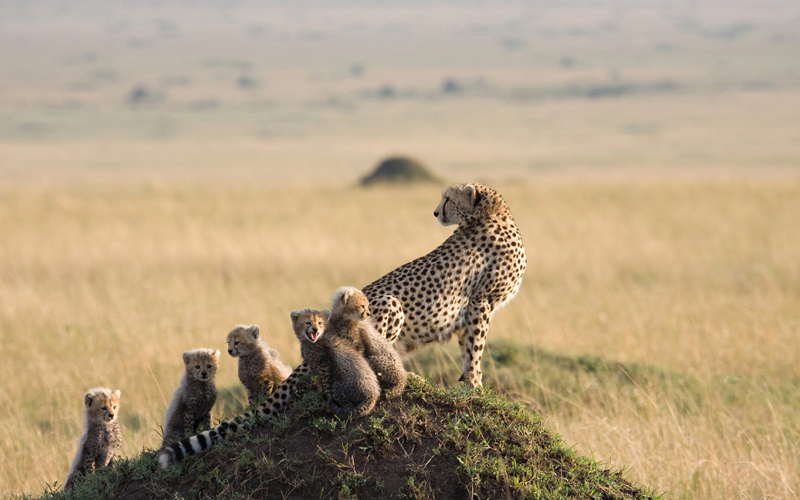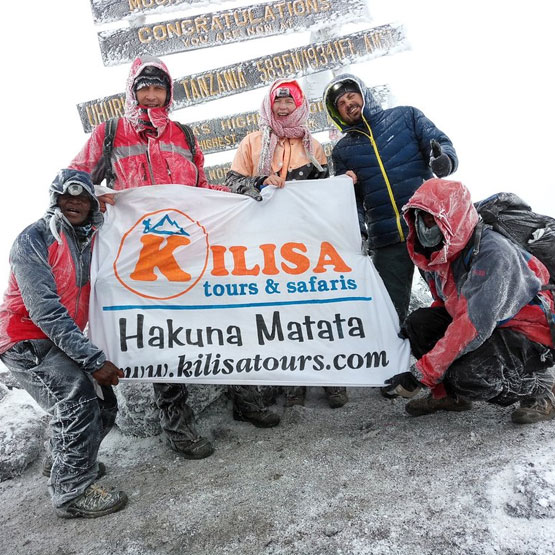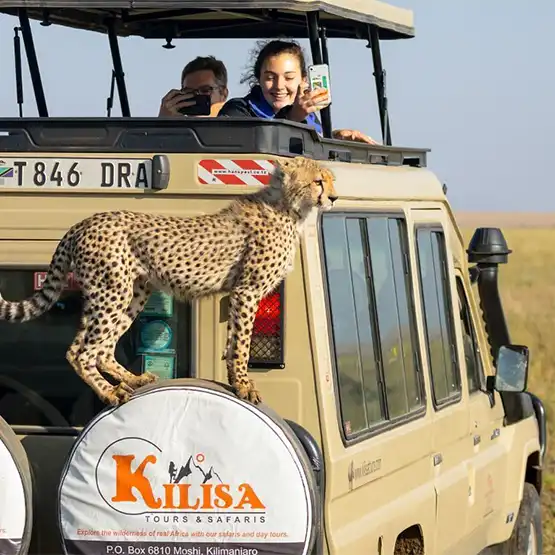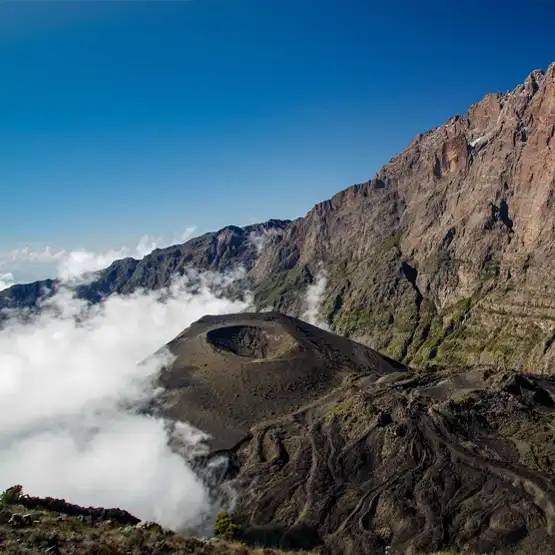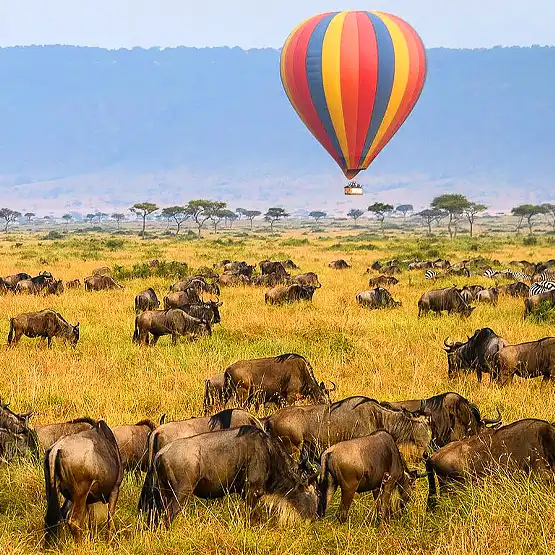Tanzania New Conservation Zones Safaris 2025
Tanzania, home to some of the most iconic wildlife reserves on Earth, continues to lead in conservation efforts. In 2025, the country introduced new conservation zones aimed at protecting its incredible biodiversity. These zones promise to shape the future of safaris while preserving critical habitats for generations to come. Let’s explore what these zones mean for wildlife enthusiasts and the safari experience.
Understanding Conservation Zones
Conservation zones are designated areas that prioritize the protection of natural habitats, wildlife, and ecosystems. They are vital for balancing ecological health and human development. Tanzania, with a long history of conservation efforts, is taking its commitment a step further by expanding its protected territories.
New Conservation Zones in 2025
- Overview of the Newly Designated Areas
The newly established zones cover diverse landscapes, including savannas, wetlands, and mountainous regions. Notable additions include extensions to the Serengeti ecosystem and Ngorongoro Conservation Area, as well as entirely new zones in underrepresented habitats like coastal forests and eastern plateaus.
- Key Wildlife Species in the Zones
These zones are a haven for species like black rhinos, elephants, and African wild dogs. They also protect migratory birds, amphibians, and unique plant species, ensuring the survival of fragile ecosystems.
Impact on Tanzania’s Wildlife
- Improved Habitat Protection
By expanding protected areas, these zones create larger, contiguous habitats, minimizing human-wildlife conflict and allowing species to thrive in their natural environments.
- Boost to Endangered Species
Efforts to preserve corridors for migratory species and safeguard habitats critical for reproduction will directly benefit endangered species like cheetahs and vultures.
- Enhanced Biodiversity
These zones protect not only iconic species but also less visible contributors to the ecosystem, such as pollinators and soil organisms.
Implications for Safaris
- New Safari Routes
The new conservation zones open up opportunities for safari operators to design routes that explore untouched wilderness. Adventurous travelers can look forward to exclusive, off-the-beaten-path experiences.
- Increased Conservation Fees
While entry fees might increase to support these zones, the funds will be directed toward maintaining infrastructure, anti-poaching patrols, and community programs.
- Unique Wildlife Experiences
Tourists can expect rare sightings of species previously hard to spot, as well as the thrill of exploring pristine landscapes. Community-based tourism initiatives in these zones offer authentic cultural interactions.
Conservation Challenges
- Managing Human Activities
Expanding conservation areas means addressing challenges like grazing rights, land ownership, and balancing tourism with local needs. Anti-poaching measures remain critical.
- Climate Change Impacts
Climate resilience strategies are necessary to protect the zones from extreme weather, habitat loss, and dwindling resources. Planting native species and restoring degraded land are among the efforts underway.
Collaboration with Local Communities
Local communities play a vital role in ensuring the success of these conservation zones. From employment opportunities to revenue-sharing programs, the zones contribute to economic growth while fostering a sense of stewardship.
How Tourists Can Contribute
Travelers can support these initiatives by choosing eco-friendly tours, minimizing waste, and donating to conservation projects. Every small action contributes to the broader goal of sustainable tourism.
The new conservation zones in Tanzania mark a significant milestone in safeguarding the country’s natural heritage. They promise enhanced safari experiences while addressing critical environmental and societal challenges. As visitors, let’s embrace eco-conscious travel and help preserve Tanzania’s wonders for future generations.
FAQs
- What are the new conservation zones in Tanzania in 2025?
The zones include expansions of existing parks and entirely new areas focusing on critical habitats like coastal forests and migratory corridors. - How do conservation zones benefit wildlife?
They protect habitats, reduce human-wildlife conflicts, and ensure species’ survival through sustainable practices. - Are safaris allowed in these new zones?
Yes, with eco-friendly regulations and guided tours to minimize environmental impact. - How are conservation fees used in Tanzania?
Funds support infrastructure, anti-poaching efforts, habitat restoration, and community programs. - What can tourists do to support conservation efforts?
Adopt eco-conscious travel habits, support conservation-focused tours, and donate to local projects.
Explore Tanzania’s Hidden Gems!
Discover detailed insights about:
- Tarangire National Park
- Mikumi National Park
- Kitulo Plateau
- Udzungwa Mountains
- Selous Game Reserve
- Gombe Stream
Start your journey into Tanzania’s wild wonders today!

